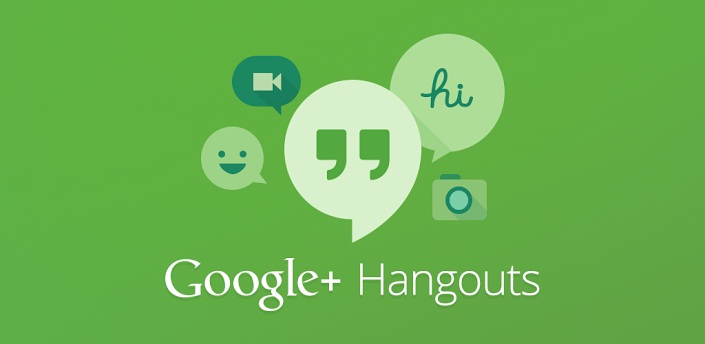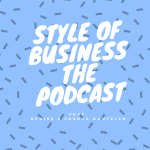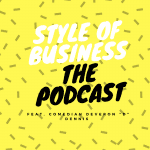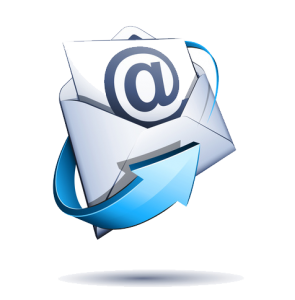Marketing departments can be expensive for startups and small businesses. Because it is vital to ensure your business is visible and accessible to the right people at all times, many small businesses tend to go beyond their budgets on marketing departments.
For those who aren’t familiar with the industry, it may seem overwhelming to get started. But with these helpful tips from Keetria, you can be on your way to managing your own marketing department.
What Are “Channels” in Marketing Terms?
Companies use marketing channels to send out their messages to consumers. Marketing channels are essential in order to reach as many customers as possible with a particular message.
Marketing channels can be both offline and online. They can include anything, from phone pole advertising to email marketing. For email marketing, for example, consider using eye-catching subject lines and include content that addresses consumer needs.
It is important to select the channels that best suit your brand and business model. To get the best feedback, you should test several different channels at once. These channels can be used to direct your marketing department efforts.
What Is “Messaging” in Marketing Terms?
Many industries use messaging in marketing. It describes the communication your company has with customers. This type of communication is meant to keep customers trusting you and to encourage them to take the next step in their conversion or sales journey.
It’s much more than simply communicating with customers. It’s about creating meaningful messaging to influence customers’ behavior over time. It’s also about getting the customers excited enough so that they take action via the channels you provide.
How Can You Tell if Marketing Worked?
Did your marketing campaign work? Marketing department can be complicated, especially when you are trying to reach new people. You can use five methods to assess whether your marketing campaign is successful.
- Traffic to websites has increased
- Increase in social media interaction
- Always positive feedback from clients or customers
- Sales or conversions increase
- Value your own feedback
Effective Marketing Strategies
Marketing campaigns are crucial to any company’s success. Marketing strategies are essential to growing your customer base. You can get help from a professional marketer if you need it. Here are some tips for those who want to do it on their own.
Find Your Target Market
Before you can create a marketing campaign, it is important to identify your target audience segment. You can identify your target market’s needs and provide the products or services they need by conducting market research.
Protect Yourself
The Marketing Department doesn’t count for much if you fail to safeguard your customers’ financial information (as well as your own). So make sure you’re implementing tough measures to protect your business – and your customers – against cyberattacks. With new strains of malware and viruses popping up constantly, routinely updated patches are a must if you want to safeguard financial information from hackers, as well as facilitate data recovery.
Create a Marketing Budget – Marketing Department
Before investing in any marketing strategy, you should create a Marketing Budget. The campaign should be considered for how many people it will reach, how often it will appear, and how long. If you’re launching a new product, a marketing budget will help you stay within your means.
Use Different Types of Media
Social media is one of the best ways to market your product. You can reach millions of people through social media, and they will share your content easily on their profiles. This will generate a positive buzz around your business.
Different media types, including pictures, videos, and text posts, can be used to increase engagement on social networking sites.
Keetria is an entrepreneur, business consultant, and lifestyle wellness coach with 16 years of public relations expertise working with some of the world’s leading brands, media personalities, and entertainers. If you have a question or would like to work together, don’t hesitate to reach out!

















